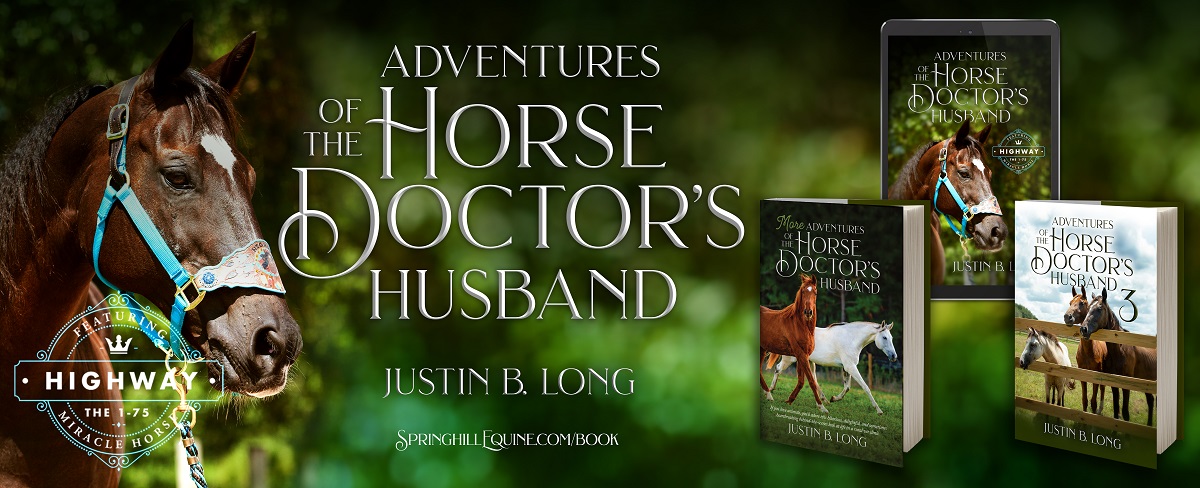Whinny’s Wisdoms

Hey there, pawsome pet parents! Whinny the clinic mouse here, your furry friend’s favorite informant from Springhill Equine Veterinary Clinic where we just finished moving into the new Companion Animal Clinic addition! Today, I’m squeaking into the limelight to chat about a topic that might not be as glamorous as chasing feathers or curling up in a sunbeam, but is crucial for your four-legged buddies: dental health!
The Whole Tooth and Nothing but the Tooth: Why Dental Health Matters
You see, dental health isn’t just about preventing bad breath (although we’d all appreciate it if Fido’s kisses were a bit more pleasant, wouldn’t we?). It’s about maintaining the overall health and happiness of your furry pals. Just like you schedule regular check-ups with your own dentist, our pets need some dental TLC too!
Dental issues in dogs and cats can spiral into more serious problems, affecting the heart, kidneys, and liver. Imagine that! Something as small as a toothache could lead to bigger health concerns. But before we talk about keeping those chompers chomping, let’s learn a bit more about them.
Dog Dentition
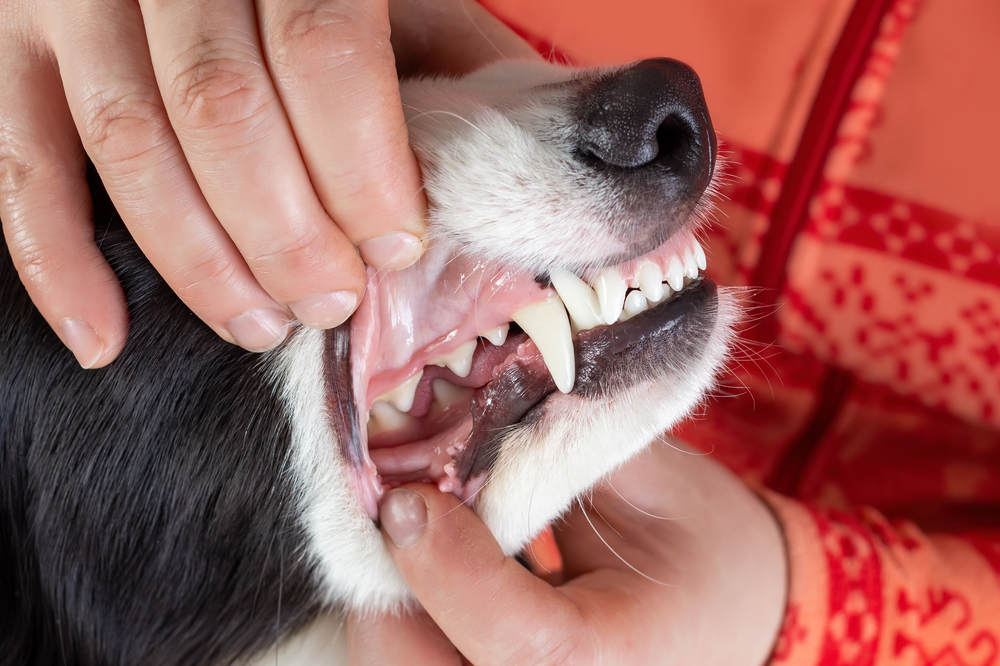
Dogs, with their diverse shapes and sizes, have an equally diverse set of teeth to match. Puppies start off with a set of 28 deciduous (baby) teeth, which eventually give way to 42 permanent teeth as they mature. The canine dental formula for adult dogs is usually represented as I3/3 C1/1 P4/4 M2/3, indicating the number and types of teeth in one half of the mouth. Let me break it down for you:
Incisors (I): These are the tiny front teeth designed for grasping and nibbling. Dogs typically have three pairs on the top and three on the bottom.
Canines (C): Known as the “fangs,” canines are designed for tearing and holding onto objects. Dogs have one pair on the top and one on the bottom.
Premolars (P): These more flat-topped teeth are situated behind the canines and are essential for shearing and grinding. Dogs have four premolars on the top and four on the bottom.
Molars (M): Positioned at the back of the mouth, molars are the heavy-duty grinders responsible for breaking down tough food. Dogs generally have two or three molars on the top and three on the bottom.
Dogs are classified as diphyodonts, meaning they go through two sets of teeth in their lifetime–just like horses and most other mammals. Their sharp canines and robust molars serve them well in their varied roles, from hunting and chewing to gnawing on your favorite shoe.
Feline Dentition
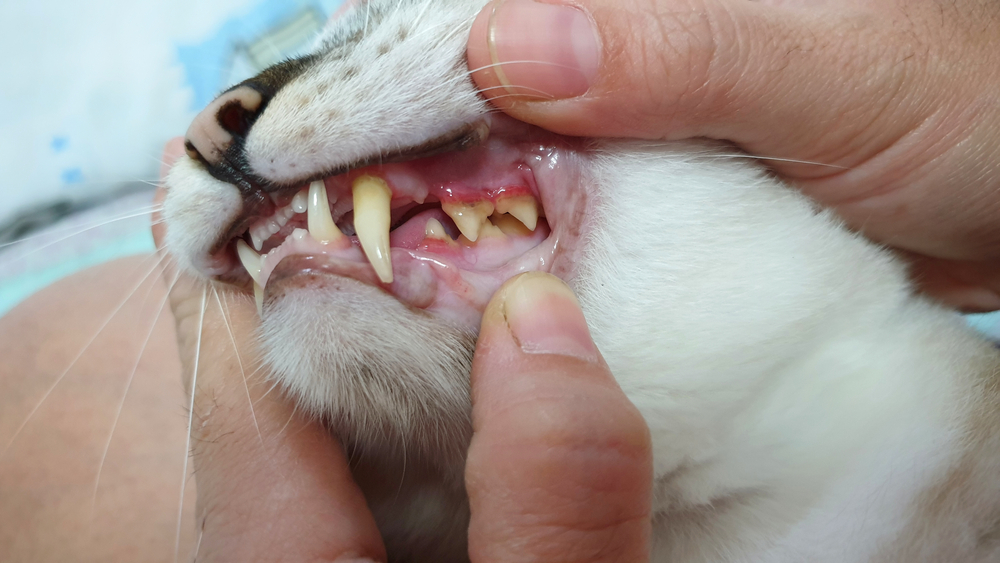
Now, let’s turn our attention to our feline friends, whose teeth are a symphony of sleek efficiency. Cats, like dogs, are also diphyodonts, starting life with 26 deciduous teeth and transitioning to 30 permanent teeth. The feline dental formula is usually represented as I3/3 C1/1 P3/2 M1/1, showcasing their unique dental structure:
Incisors (I): Front and center, incisors help cats grip and nibble. They have three pairs on the top and three on the bottom.
Canines (C): Cat canines are formidable, designed for piercing and tearing into prey. They have one pair on the top and one on the bottom.
Premolars (P): Cats have fewer premolars compared to dogs, with three on the top and two on the bottom. These teeth are efficient at slicing and shearing.
Molars (M): Molars in cats are fewer in number but still play a crucial role in grinding food. Cats typically have one molar on the top and one on the bottom.
Felines, being obligate carnivores, have specialized teeth adapted for their meat-centric diet. Their razor-sharp canines and slicing premolars are a testament to their hunting prowess in the wild, but they do a good job with kibble and wet food as well!
Maintaining the health of each tooth is essential for your pet’s overall well-being. Regular dental care, including brushing and professional cleanings, ensures their teeth stay in top condition, allowing them to chew comfortably and avoid dental issues that could impact their overall health.
Why Dental X-rays are the Cat’s Meow
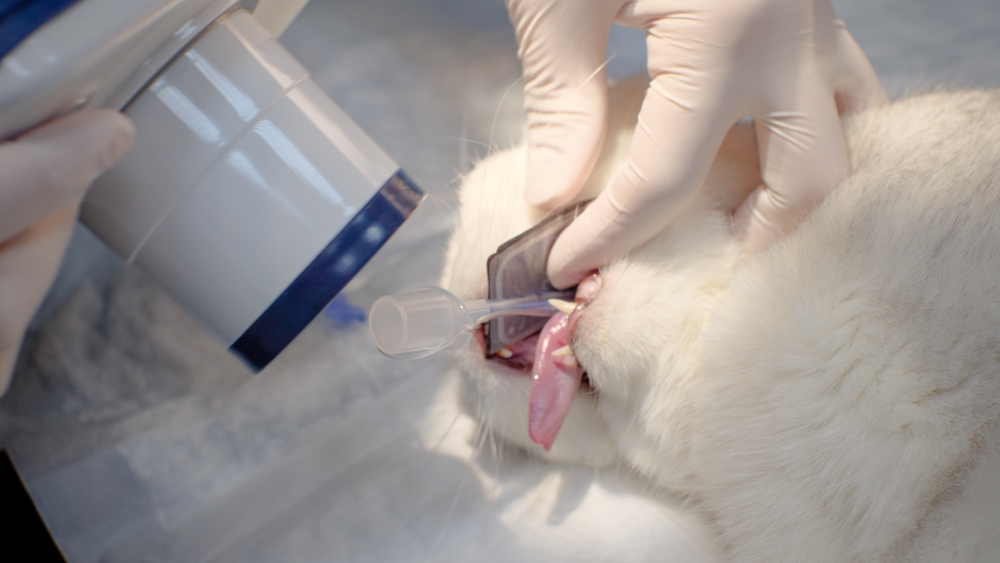
Now, let’s talk about dental X-rays. These are like superhero goggles for our veterinarians, allowing them to see what’s happening beneath the surface. In dogs and cats, most dental diseases lurk below the gumline, and without X-rays, it’s like trying to solve a jigsaw puzzle without all the pieces.
We want to catch dental issues early on, before they turn into major concerns. Dental X-rays help us do just that, ensuring we get the full picture of your pet’s dental health. It’s like having a treasure map for your pet’s mouth – X marks the spot where we need to focus our attention!
Now, let’s get real for a minute. Addressing dental care early is like catching a snowflake before it turns into a snowball. Trust me, I know a thing or two about snowballing dental problems! By taking action early on, you save your pet from the discomfort of toothaches and yourself from hefty vet bills down the line.
Imagine this: your pet’s teeth are like little soldiers defending their kingdom. If you arm them with regular dental care, you’re setting up a fortress against dental diseases. So, why wait until those little soldiers are waving the white flag? Start early, stay ahead, and keep those pearly whites shining bright! Dogs and cats can be super stoic about oral pain and discomfort, so don’t trust the fact that they’re still eating and playing and assume they have no dental issues.
To Brush or Not to Brush
Now, I know what you’re thinking: Whinny, how do I keep my pet’s teeth in tip-top shape at home? Well, my pals, the answer is simple – the toothbrush tango! Yes, brushing your pet’s teeth is a great way to maintain their dental health. Regular brushing won’t remove tartar and plaque buildup that is already there, you need a veterinarian to perform an anesthetic dental evaluation and cleaning for that, but it can delay the formation of more tartar. It may sound daunting if you’ve never thought about sharing a nighttime routine step with your dog or cat, but if you start slow and introduce the concept gradually, your furry friend will jump on the bandwagon to a healthy smile with you!
But hold your horses! Before you grab any ol’ toothpaste, make sure it’s pet-specific. Human toothpaste contains ingredients that can be harmful to our pets, and we don’t want to turn a dental health routine into a dental disaster. Choose a toothpaste designed for dogs or cats, and your pet will thank you with a gleaming grin!
How about all of those commercials you see on TV and products in pet stores that advertise dental health benefits with no work? Well, just like most “As-Seen-On-TV” products, these are generally really not worth it. There is a way to find the best options though, and that is to look for the official VOHC Seal. VOHC stands for Veterinary Oral Health Council. The Mission of the Veterinary Oral Health Council is to review products for the VOHC’s standards for effective plaque and tartar control in animals when used as directed. They review submitted data to ensure it meets the clinical requirements to receive the Seal of Acceptance. When a product demonstrates dental efficacy, the VOHC Seal of Acceptance is awarded. The Seal can be for slowing progression of plaque, calculus, or both.
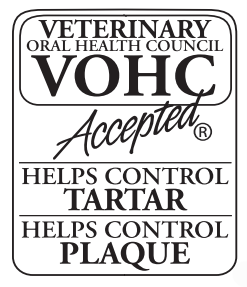
If you don’t want to spend your Saturday hunting for this seal in the pet store, you can visit https://vohc.org/accepted-products/ to see all the options available for both dogs and cats.
Conclusion
Alright, my pet-loving companions, it’s time to wrap up our toothful tale. Remember, dental health is no small matter – it’s the key to unlocking a world of well-being for your four-legged pals. From anesthetic dental cleanings to dental X-rays, we’ve covered the whole shebang. So, take a moment to appreciate those pearly whites and consider scheduling a dental check-up for your pet at Springhill Equine’s Companion Animal Clinic. Together, we’ll keep those chompers in top-notch condition, ensuring your furry friends live their happiest, healthiest lives.
Until next week,
~Whinny
P.S. Have you been over to my YouTube Channel? It’s loaded with great veterinary content! Don’t miss out on this great free resource for trustworthy information from our favorite animal docs! You can click the link to check it out right after you scroll down to the big purple box and subscribe to my blog. Good human, you can do it!
 Whinny’s Wisdoms is the official blog of Whinny the Clinic Mouse at Springhill Equine Veterinary Clinic in Newberry, Florida. If you liked this blog, please subscribe below, and share it with your friends on social media! For more information, please call us at (352) 472-1620, visit our website at SpringhillEquine.com, or follow us on Facebook!
Whinny’s Wisdoms is the official blog of Whinny the Clinic Mouse at Springhill Equine Veterinary Clinic in Newberry, Florida. If you liked this blog, please subscribe below, and share it with your friends on social media! For more information, please call us at (352) 472-1620, visit our website at SpringhillEquine.com, or follow us on Facebook!
[jetpack_subscription_form title="Subscribe to Whinny's Wisdoms"]
